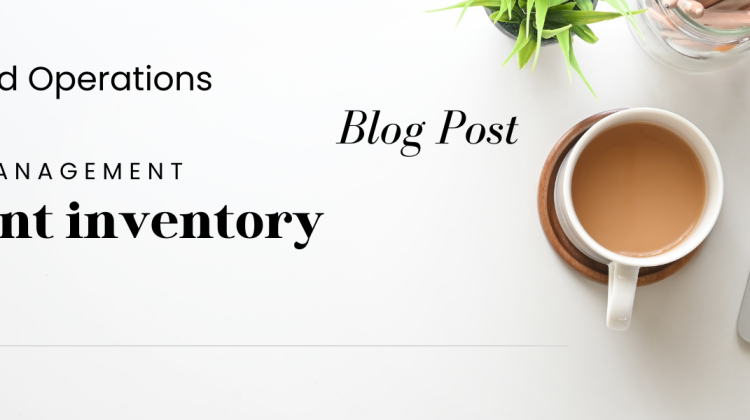Hi friends, In this post, I am going to share my notes about consignment inventory in D365 Finance and Operations.
So what is consignment inventory? Consignment inventory is stock stored in our warehouse but actually owned by its supplier.
If you remember, there is a tracking dimension called “Owner.” In product configuration, we have set this owner as inventory.
The complete process is as follows:.

While writing this article, I am using Contoso data, the USMF legal entity, and the following version and update of D365.
Installed product version: 10.0.37 (10.0.1725.47)
Installed platform version: Update61 (7.0.7068.67).
The first step is to create a vendor. I am going to create a new vendor with the ID “Consignment Vendor”

The second step is to set up a consignment owner.
For this, we have to follow the below navigation.

Inventory Management > Setup> Dimension > Inventory Owner
Here we can add a vendor account and set an ID as the owner.
With the vendor account plus its owner.

The third step is to enable the tracking dimension. In the CONSO demo data, we can find already-configured tracking dimensions.
The tracking dimension form can be found at the following location:
Product and Information Management > Setup > Dimension and Variant Groups > Tracking Dimension.
The tracking dimension is active in the case of the Active check box, which is marked.

So we use this tracking dimension in new products.
To make things simple, we are going to create a simple product.
A new product name is “Consignment_0001.”

Consignment inventory works only on the moving average or standard cost method. We are going to use the moving average item model group. I also used the owner as a tracking dimension.
On release, product details form. Or in the purchase order tab, set the primary vendor.

We need to create a trade agreement for $80. This step is required, so when a purchase order is created, the price will be picked from here. Otherwise, it will pick the price set during item creation, whether you enter it or not.
So all steps have been taken. Let’s go to the consignment replenishment order. So vendors deliver stock to your organization.

The navigation for consignment replenishment orders is as follows:.

Procurement and sourcing > Consignment > Consignment replenishment orders
I am placing the 100 quantities in the 1, 11, and 12 warehouses.

On this screen, enter the quantity 100. You can also modify the requested delivery date for product delivery.
From the top menu, we can receive quantities.

Product receipts have no impact on inventory costs. If we see the inventory transaction details for the product, we will find no impact on cost. And the reason for that is that we did not own the quantity.

Inventory Owner Change Journal.
So we got a request from one of our customers for 10 units. For owning and selling this 10 quantity, we have to generate and post our own inventory change journal.
The navigation of Inventory owner journal at following location in D365 finance and operations.
Procurement and sourcing> consignment > inventory ownership change

Here is a very interesting thing. Here, the owner changes from vendor to legal entity. It means that if the consignment is owned by a current legal entity, we can sell it.

Let’s try this. I am going to post 10 quantities and then see what purchase order was created and what product receipt was posted against it.

The system generated a purchased order with a received status.

If we note, the price is coming with a unit price of $80. This price is coming from a trade agreement.
On checking the inventory transaction generated against. The physical date and physical cost amount are updated.

On the vendor invoice and its posting in the system, the financial date and financial cost are also updated.

Inventory ownership changed, and now we can sell or consume this quantity.
Following the screenshot, the sales order quantity is sold and delivered to the customer.

How you like this post, see you in another blog post.
